‘The Wind’
Designer: Dai Fujiwara for Issey Miyake
Set Design: James Dyson
Hair and Make up: Eugene Souleiman
IN THE FIRST INSTALMENT to our series about collaborations between fashion designers and other artists, we look at the ongoing collaboration between the creative director of Issey Miyake, Dai Fujiwara and product designer James Dyson. The creative marriage has given birth to a series of projects between the two companies which began when Fujiwara invited Dyson to work on the Issey Miyake spring/summer 2006 collection. The collaboration then fuelled the launch of a limited edition vacuum cleaner for Dyson, the Dyson DC16, and an installation at the Design Museum Holon which featured the diffusion line A-POC, for the exhibition ‘Mechanical Couture’, in 2008.
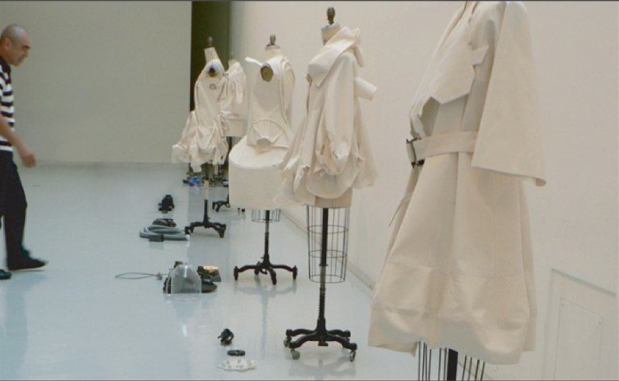
In creating the collection for the 2006 catwalk show, Fujiwara physically disassembled a Dyson vacuum cleaner, examining the parts and reproducing the internal mechanical forms as design solutions that were directly translated into the garments. The hoses and internal parts were directly translated as forms in the patternmaking and toiling process, demonstrating that ‘industrial and very purposeful components can be transformed into very fluid items of clothing.’1 Optimistically proposing the potential for the design and fashion worlds to work together more cohesively. By translating the forms of the parts of the vacuum, Fujiwara ensures that the design and engineering of the product are enmeshed in the clothing, which becomes a metaphor for the collaboration itself.
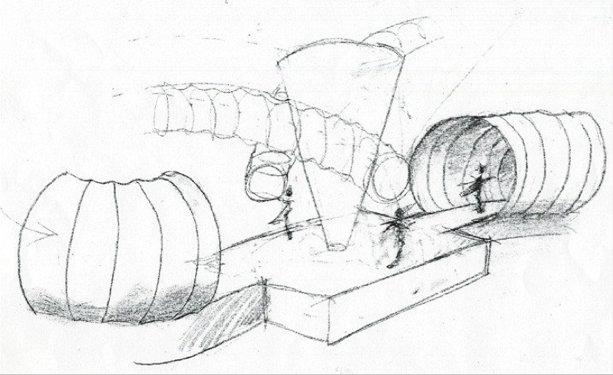
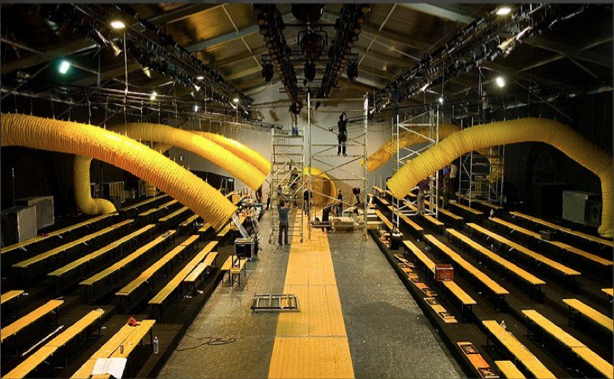
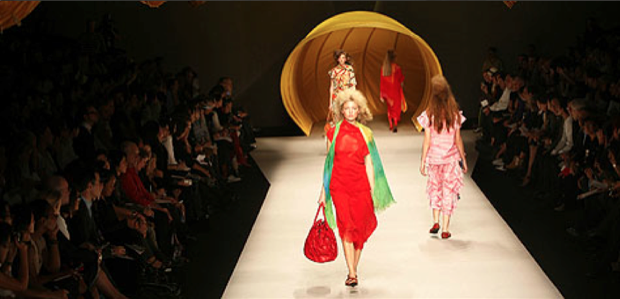
Collaborating with Dyson – and the relevant exposure in design press that this generated – helped reinforce Issey Miyake’s position in the fashion industry as a brand with design focus. Similarly for Dyson, working with Issey Miyake brought prestige and designer status, not necessarily associated with a household appliance or product brand, thus repositioning them in this market as a more high-end brand. The partnership also openly presented the working process between Fujiwara and Dyson in press and communications released by the companies, revealing a dialogue between the studios that welcomed experimentation, as opposed to the traditional working process of fashion designers which is largely hidden and contained. This collaboration sets a template for these types of collaborations in general, from the practical level of garment design, to demonstrating more broadly how fundamentally different practices can interact with one another and adapt to new disciplines.
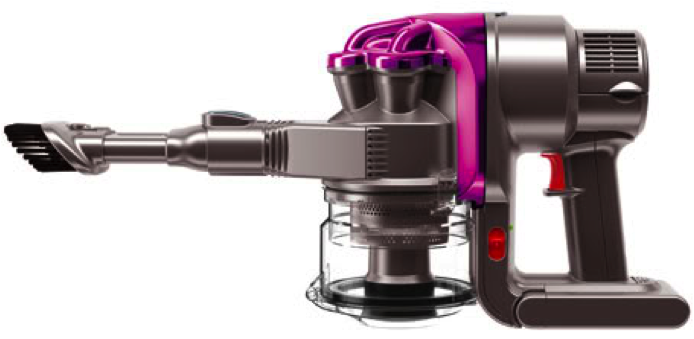
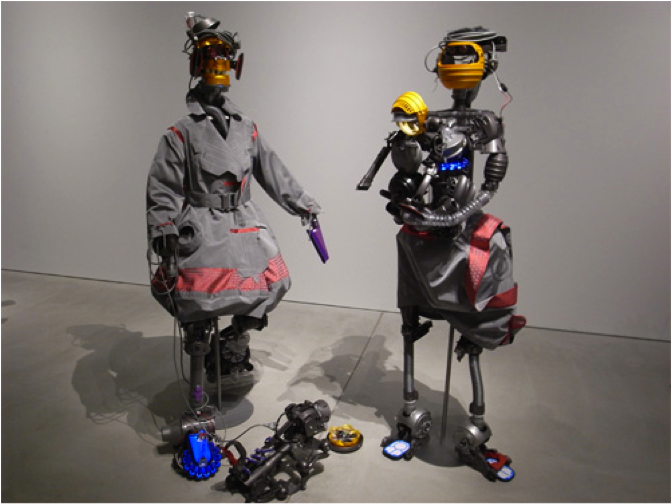
James Dyson interviewed for Wallpaper Magazine, 6 October, 2007. http://www.wallpaper.com/design/james-dyson-interview/1816 ↩